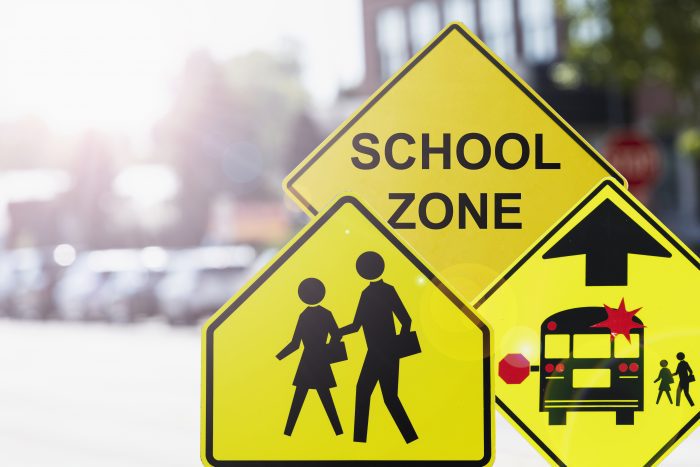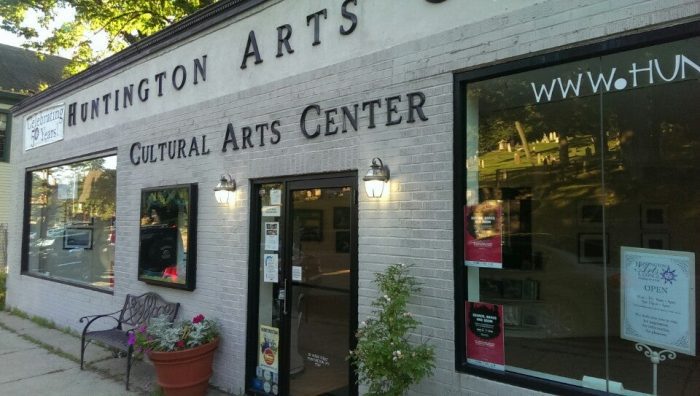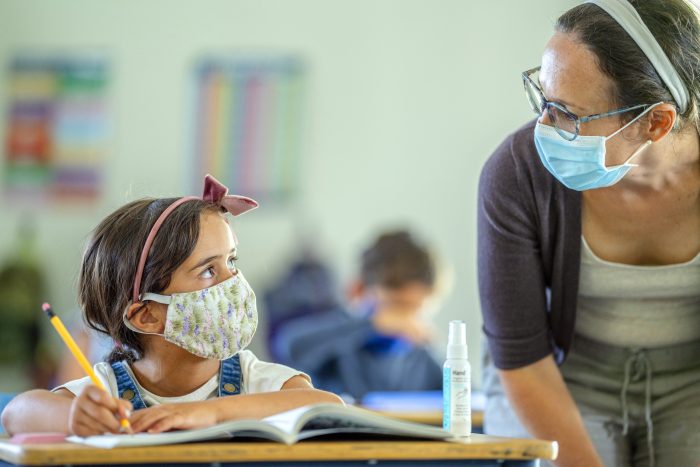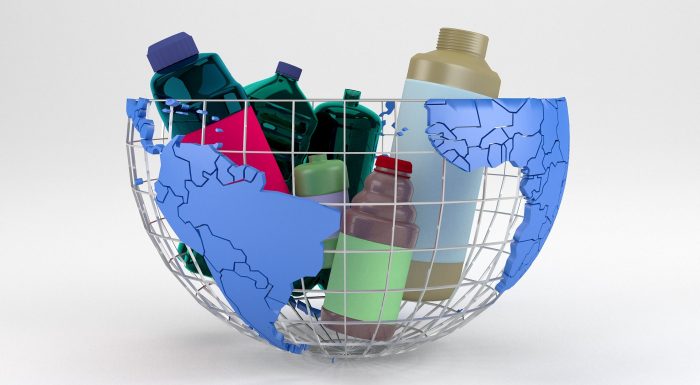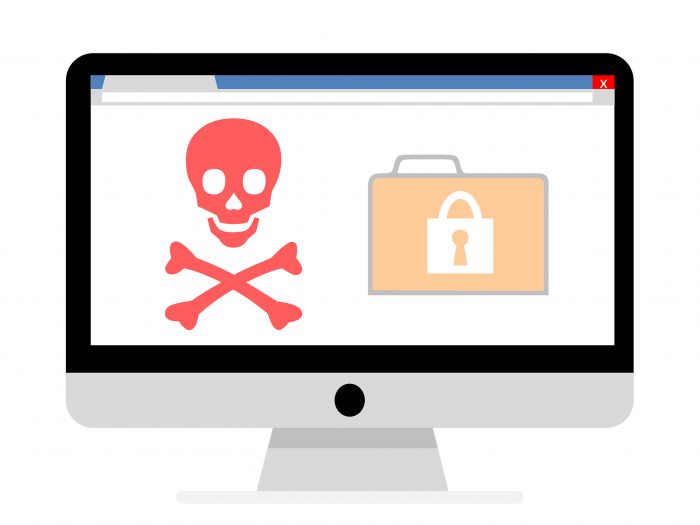To our readers: We appreciate your weekly letters to the editor. Writing a letter enables vital communication and contributes to a meaningful community dialogue. It is also a safety valve for expressing different, equally passionately held opinions in a civil fashion.
Letter writing can be powerful as the writer broadcasts opinions to the wider public. Here at TBR News Media, our editorial staff shoulders responsibility in channeling that message appropriately.
We hope writers and readers can regard our letters page as a community forum, a place to express themselves and potentially influence their peers and neighbors. But by necessity, this forum must be moderated to function. When a writer expresses a thought as a fact, we do our best to confirm the information is accurate. If we cannot find the information on our own, we go back to the writer and ask for a source. As journalists, we have an obligation to ensure that the facts cited are verified, that we are not allowing someone to use our letters page to spread misinformation or vitriol.
Often we are asked why our letters do not focus squarely on local matters. It’s simple — we don’t receive as many localized letters as we would like.
Our editors aim to choose letters that represent a mix of local, county, state and national topics. We also look for a mix of opinions from conservative, liberal and moderate points of view. Letters serve as a form of public debate, and people from various sides of the political spectrum should be heard.
Moderating our letters page, we view ourselves as mediators for the various interests and opinions of the community. By sharing diverse perspectives on a range of topics, we arm our readers with the information and give them the freedom to make up their own minds.
We are asked why certain writers appear regularly on the opinion page. It’s because they write to us often and thoughtfully, and contribute to the public dialogue. We welcome and encourage letters from readers, and we hope to continue seeing new names each week.
Sometimes, we don’t receive a substantial number of letters to choose from each week that gives both sides of an issue.
If readers feel something is missing from our paper — whether from the news or editorial sections — we urge that they write us. We welcome readers’ thoughts — including criticism — regarding our content. Please feel free to react to a recent article or reflect upon life in our hometown. You can comment on an entertaining festival or even chronicle a delightful day spent at the park. The opportunities for letter writing are endless, so don’t be shy. Let your thoughts be heard.
We edit letters not to censor, but to catch grammatical mistakes, for consistency and to protect the media outlet and letter writers from libel suits. We edit for A.P. style, which is the standard in most U.S.-based news publications. We also edit for length and good taste. If a letter runs longer, we may print it as a perspective piece along with the writer’s photo.
As for good taste, our letters page is not the place to bash a neighbor or a fellow writer. There are plenty of instances when one writer will reference another person and their letter, addressing specific ideas in the other’s writings, and that’s acceptable. However, name-calling or denigration are not helpful.
In the past, we have received letters using derogatory nicknames for presidents and other officials and political figures. We do our best to edit out uncivil language.
The letters page is not a place for one to spew animosity or insults. If blanket, hateful statements are made about a group of people based on the color of their skin, ethnicity or religion, they will not be published. Our letters page is designed to add to, not detract from, a healthy public discourse.
So, please send us a letter — see address and formal policy statement to the right of this editorial. We are always interested in your thoughts, especially regarding what goes on in our coverage area.


